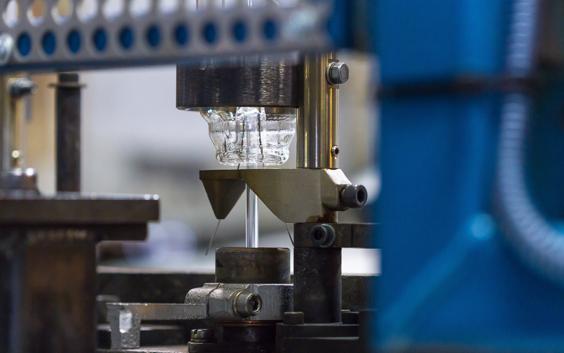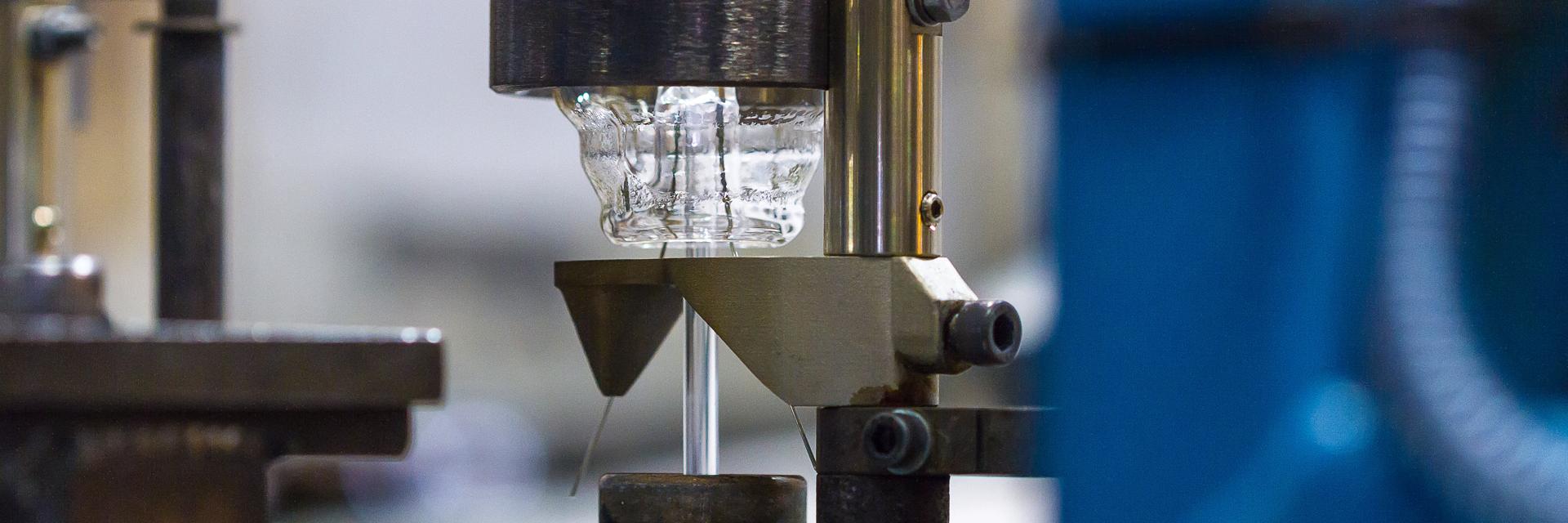EXPERT INSIGHT
5 Production Line Challenges 3D Printing Can Solve

Additive manufacturing (AM), or 3D printing, is not a new concept for the manufacturing sector – it’s already in use by a diverse range of industries for an array of end-use parts. What is new is recognition of the transition AM has made from niche technology to practical production tool. Once limited to the role of rapid prototype design, AM has permeated the broader production process to deliver a range of efficiency and efficacy benefits to help manufacturing enterprises of all sizes.
According to a 2016 report by PwC on key industrial manufacturing trends - which identifies 3D printing as one of the solutions likely to have the greatest impact on factory environments - it is a development manufacturers are wise to embrace. By taking advantage of the current "technical renaissance", enterprises can "improve productivity in their own plants, compete against rivals, and maintain an edge with customers who are seeking their own gains from innovation."
Here, we take a look at how these benefits apply to the heart of manufacturing - production lines – by identifying five common challenges that AM can help solve.
1. A component in our production line is regularly failing
Wear caused by constant throughput, temperature-induced stress, weak weld-points and multi-component mechanisms are all factors that can result in parts being compromised or failing completely. This can include mission-critical production line parts, like grippers, suction pads or jigs, which can often lead to product quality issues (see section 2). The resulting unscheduled downtime while a repair is arranged and carried out can be both costly and frustrating.
3D printing a part to a different design specification could significantly reduce failure rates. The redesign could decrease the number of individual components required, strengthen structures prone to breakage, or change surface topography. AM offers the greatest benefit when it is applied in a ‘value added’ redesign context such as this.
Additionally, 3D printing key production line parts also mitigates against supply chain risk such as low availability from original equipment manufacturers (OEMs), and significantly reduces turnaround times for maintenance, repair or operations (MRO) parts. This also avoids having to bulk order replacements which can be costly to store. Instead, a lower volume/greater variety of AM parts can be printed and kept on site.
2. Products we are manufacturing have a high scrap rate
Eliminating defective products completely, or ensuring scrap rates fall within strict Acceptance Quality Limits (AQL), is a universal ambition for manufacturers. Process defects such as product issues/failures occurring during standard production conditions - represent a quality, reputational and cost loss, and threaten lean manufacturing principles.
While human error on the production line can be a contributing factor, product quality issues are more commonly linked to incorrect equipment settings, tooling malfunctions, and poor assembly component performance. These are root causes 3D printing is ideally positioned to address. 3D printing can improve product handling capabilities at key stages in the production process and/or enhance component consistency through re-design.
Where a component is consistently failing or underperforming redesign to take advantage of 3D printing benefits may be the solution. For example, a common issue with traditional suction grippers is that internal assembly points are prone to air leakage – over time this can result in product slippage which can, in turn, lead to quality issues and higher scrap rates. 3D printing offers the ability to create complex channels as single structures. Thus removing the need for multiple assembly points and reducing the risk of performance issues that may ultimately result in defects.
3. We’re introducing a new product to the line
One of the biggest benefits of 3D printing, compared to traditional "subtractive" manufacturing processes, is that it opens up the possibility of developing production line parts that were previously impractical or simply impossible to produce – either in terms of their geometry or material composition.
This can help solve a significant headache in developing lines to accommodate new, challenging products or components. Using 3D printing, customised tooling - typically time-consuming and problematic to introduce - can be developed, tested and implemented in a much-reduced time frame. It is worth remembering AM’s rapid prototyping routes here.
This key benefit can also mean, in many cases, that new lines or line sections are not needed at all. Take finger grippers as an example – a part which often needs to be replaced to accommodate changes in product shape and size. 3D printing these out of an alternative, more flexible material and with flexibility built into the design, can improve product acceptance capabilities without compromising accuracy or gripper performance. As well as minimizing back-end production outlay, this also means that manufacturers can be more responsive to evolving customer demands.
4. We have to ensure our production line mitigates health and safety risks
Around 1 in 6 UK manufacturers have reported injuries to employees since 2012. In fact, in 2015-16 around 0.3 million days were lost to the problem. It’s a national statistic reflective of a global issue.
Process, plant and machine operatives are particularly susceptible to injury and are estimated to have a 40% higher risk of musculoskeletal disorders (MSDs) than other workers. Lifting and moving heavy parts and equipment, using specific tools, and excessive time in tiring or painful positions are all common and significant reasons for such injuries to occur.
Finding ways to make production line equipment lighter, safer and easier to use is, therefore, a priority.
AM might not initially spring to mind as an obvious mechanism for addressing such issues but in many ways it is ideally suited. From simplifying part complexity in order to improve ergonomic handling to facilitating internal structures (impossible to create using any other technology) that distribute strength to enhance component performance while reducing overall lifting weight, AM is already having a significant impact on health and safety strategies the world over.
3D printing also offers a cost-effective method of producing simulation tools for assessing potential risk. For example proposed production line parts can be quickly and accurately printed to analyze handling risk, contact clearance and ergonomic efficiency.
5. We need to reduce our cycle times
In a competitive global economy where consumers demand low cost, high quality and often highly differentiated goods, improving product development and production cycles to reduce time to market has become a universal manufacturing ambition.
Maximising production line efficiency is essential. This paper has already highlighted important and highly relevant AM benefits in terms of achieving this ambition. Adaptable equipment and assembly components that accommodate evolving product ranges, and short-run or low-lead time 3D-printed replacement parts that dramatically reduce downtime, are highly applicable.
Arguably, however, AM is most significant in terms of its potential to address and enhance the ergonomics of components. The fact that clamps, jigs, mounts, grippers, and nozzle can be re-imagined and re-developed from a wider range of materials to be lighter, easier to handle, more durable and ultimately quicker to deploy, has major implications for keeping production cycles lean.
Share on:
You might also like
Never miss a story like this. Get curated content delivered straight to your inbox.
